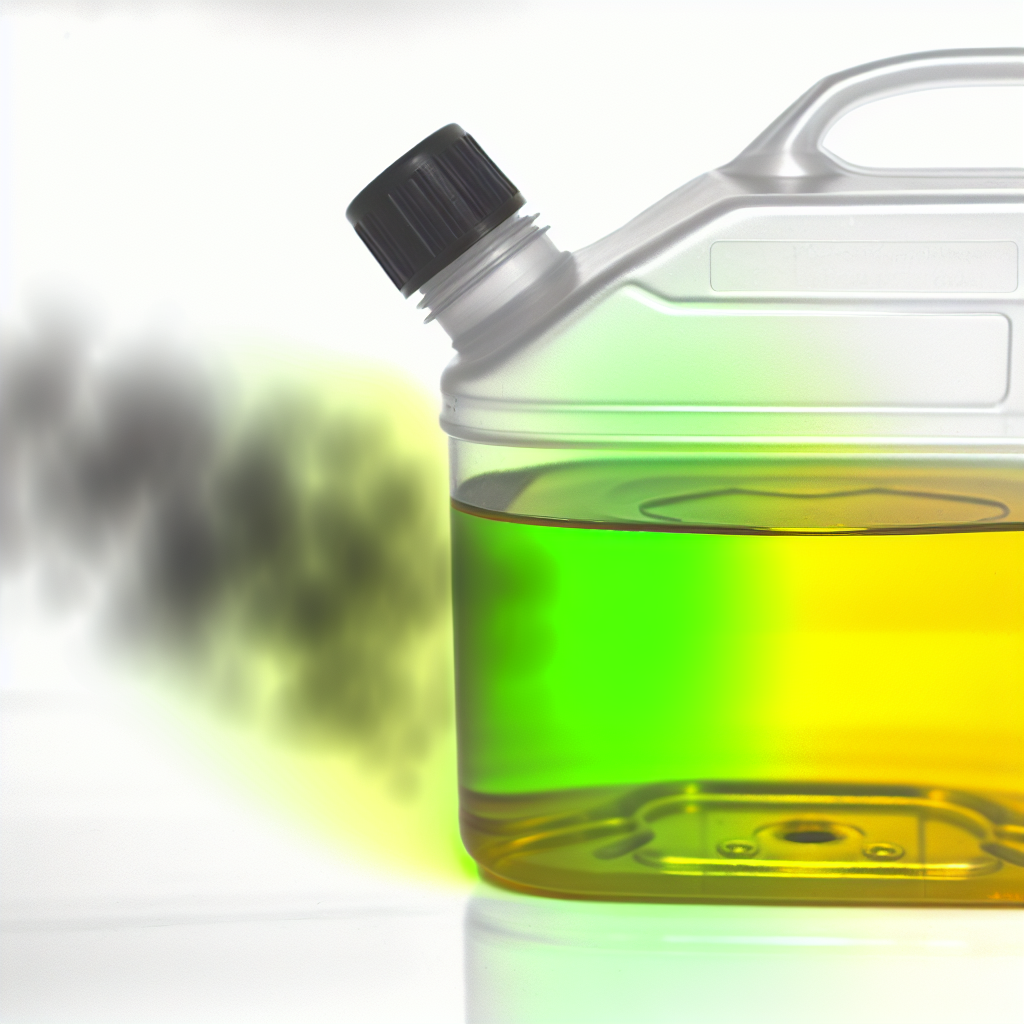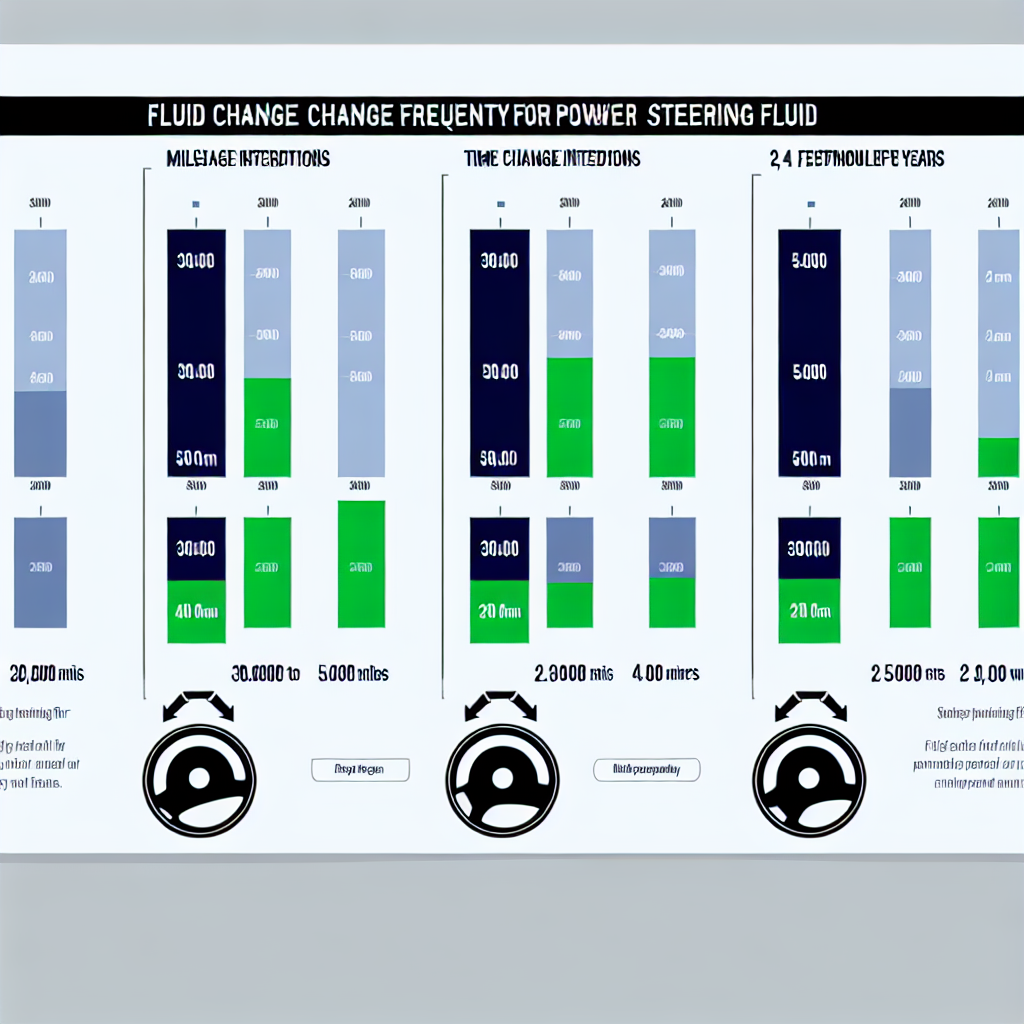Fluid maintenance is essential for your vehicle’s longevity and efficiency. Among the various fluids, power steering fluid is often overlooked yet crucial for your car’s performance. Imagine turning your steering wheel with ease and then discovering how difficult it becomes when this vital fluid is neglected.
Without regular maintenance, you risk increased wear on key steering components, leading to costly repairs that could have been easily avoided. Prioritizing fluid maintenance not only improves your driving experience but also maintains your vehicle’s health, ensuring it serves you well for years.
Shelf Life of Power Steering Fluid
Understanding the shelf life of power steering fluid is crucial for ensuring your vehicle operates smoothly. Power steering fluid has distinct longevity characteristics based on whether the bottle is opened or unopened.
An unopened bottle of power steering fluid generally lasts between 3 to 5 years, maintaining its efficacy and protective properties. This extended shelf life makes it practical for vehicle owners to keep a bottle on hand for future maintenance needs. However, once the bottle is opened, the shelf life is considerably shorter. Opened power steering fluid should be used within 2 to 3 years to prevent contamination and degradation, which can lead to performance issues in your vehicle’s steering system.
Besides understanding the shelf life of power steering fluid, it is essential to know when to change the fluid in your vehicle. It is generally recommended that fluid changes occur every 30,000 to 50,000 miles, or every 2 to 4 years, depending on your driving conditions and the specific vehicle requirements. Regular checks of your power steering fluid quality are necessary; if it appears dark, black, or foamy, it indicates that a change is overdue.
In conclusion, being aware of the shelf life and recommended change intervals for power steering fluid can help you avoid complications and extend the life of your vehicle’s steering components.

An image showing a power steering fluid reservoir indicating healthy versus unhealthy fluid levels, emphasizing the importance of monitoring fluid condition.
Symptoms of Degraded Power Steering Fluid
Identifying degraded power steering fluid is crucial for maintaining the effectiveness of your vehicle’s steering system. The most common symptoms to look for include a dark color and a foamy consistency. Healthy power steering fluid typically appears clear or slightly yellow and has a smooth texture. If you notice any changes, it’s a warning sign that something is wrong.
A dark or black appearance often indicates that the fluid has been contaminated, either by exposure to air or through wear and tear on the system components. Moreover, if the fluid is foamy, it suggests that air has entered the system, which can lead to increased cavitation and potential damage to the power steering pump.
As a rule of thumb, “If the fluid in the reservoir is dark, black, or has a foamy consistency, it’s best to go ahead and change the fluid.” Regular checks of your power steering fluid can help you spot these issues early, allowing you to take action before they lead to more serious problems.
Importance of Regular Checks
Conducting regular checks on your power steering fluid is vital in ensuring your vehicle operates optimally. By monitoring the fluid condition, you can prevent poor steering response, unpleasant noises while turning, and wear on vital components, all of which can lead to expensive repairs. Neglecting to check the fluid could result in diminished performance and even complete failure of the steering system, making it unsafe to drive. Therefore, incorporating routine fluid checks into your vehicle maintenance schedule is not only prudent but necessary for longevity and safety.
Symptoms of Degraded Power Steering Fluid
Identifying degraded power steering fluid is crucial for maintaining the effectiveness of your vehicle’s steering system. The most common symptoms to look for include a dark color and a foamy consistency. Healthy power steering fluid typically appears clear or slightly yellow and has a smooth texture. If you notice any changes, it’s a warning sign that something is wrong.
A dark or black appearance often indicates that the fluid has been contaminated, either by exposure to air or through wear and tear on the system components. Moreover, if the fluid is foamy, it suggests that air has entered the system, which can lead to increased cavitation and potential damage to the power steering pump.
As a rule of thumb, “If the fluid in the reservoir is dark, black, or has a foamy consistency, it’s best to go ahead and change the fluid.” Regular checks of your power steering fluid can help you spot these issues early, allowing you to take action before they lead to more serious problems.
Summary of Symptoms of Degraded Power Steering Fluid
- Dark or black color, indicating contamination.
- Foamy consistency, suggesting air presence in the fluid.
- Change in texture from clear or yellow to dark, indicating degradation.
- Noisy steering while turning, potentially due to low fluid quality.
- Stiff steering wheel during maneuvering, signaling system inefficiencies.
Importance of Regular Checks
Conducting regular checks on your power steering fluid is vital in ensuring your vehicle operates optimally. By monitoring the fluid condition, you can prevent poor steering response, unpleasant noises while turning, and wear on vital components, all of which can lead to expensive repairs. Neglecting to check the fluid could result in diminished performance and even complete failure of the steering system, making it unsafe to drive. Therefore, incorporating routine fluid checks into your vehicle maintenance schedule is not only prudent but necessary for longevity and safety.
Comparison of Power Steering Fluids
| Type | Properties | Advantages | Best Usage |
|---|---|---|---|
| Synthetic | Man-made chemical composition, designed for high performance | Excellent temperature stability, reduces wear on components | High-performance vehicles, extreme conditions |
| Mineral-based | Derived from refining crude oil | Cost-effective, widely available | General use, older vehicles |
| ATF (Automatic Transmission Fluid) | Multi-functional, compatible with most systems | Provides excellent lubrication and protection | Vehicles using hydraulic power steering systems |
Understanding the differences among these types of power steering fluids can help you choose the right product for your vehicle and its specific needs. As always, refer to your vehicle’s owner manual for the recommended fluid type and ensure compatibility with your steering system.
Comparison of Power Steering Fluids
| Type | Properties | Advantages | Best Usage |
|---|---|---|---|
| Synthetic | Man-made chemical composition, designed for high performance | Excellent temperature stability, reduces wear on components | High-performance vehicles, extreme conditions |
| Mineral-based | Derived from refining crude oil | Cost-effective, widely available | General use, older vehicles |
| ATF (Automatic Transmission Fluid) | Multi-functional, compatible with most systems | Provides excellent lubrication and protection | Vehicles using hydraulic power steering systems |
Understanding the differences among these power steering fluid types is essential for optimal vehicle performance. Always refer to your vehicle’s owner manual for the recommended fluid type to ensure compatibility with your steering system. Additionally, knowing about different power steering fluid types can help you choose the right product for your vehicle and its specific needs. Furthermore, monitoring symptoms of low fluid, such as difficulty steering or increased noise, can help you maintain optimal performance.
Consequences of Low Power Steering Fluid Levels
Maintaining proper power steering fluid levels is not just a matter of convenience; it directly affects the performance and longevity of your vehicle’s steering system. Several potential consequences arise from running low on power steering fluid that every driver should be aware of.
One of the most immediate effects of low fluid levels is an increase in operational friction between the steering components. This friction leads to excessive heat being generated, which can cause early wear and tear on critical mechanical parts. As stated in the quote,
“Driving with low fluid levels will introduce more heat and friction to the power steering mechanisms, causing early wear, tear, and potentially a huge repair bill.”
In essence, neglecting your power steering fluid can lead to cascading failures that might require everything from minor adjustments to complete system overhauls, which can be extremely costly to repair.
Furthermore, the performance of your steering system significantly declines. Drivers may notice a stiff steering wheel, particularly when making tight turns or parking. This lack of responsiveness can create safety hazards, as it may affect your ability to maneuver the vehicle effectively in critical situations.
In addition, running low on power steering fluid can lead to air entering the system. This condition causes a phenomenon known as cavitation, which can create pressure spikes harmful to the hydraulic components, leading to potential pump failure. The overall impact not only affects driving enjoyment but significantly impacts safety.
In summary, regularly checking and maintaining your power steering fluid levels is crucial. It not only mitigates the risk of costly repairs but also ensures optimal vehicle performance and safety on the road. By taking proactive measures to avoid low fluid levels, you can prevent unnecessary wear and preserve the integrity of your vehicle’s steering components.

An image depicting fluid change frequency recommendations, outlining mileage intervals of 30,000 to 50,000 miles and time intervals of 2 to 4 years for power steering fluid changes.
Conclusion
In summary, the significance of regular inspections and timely changes of power steering fluid cannot be overstated. This essential fluid is not merely a convenience but a critical component that influences the performance and longevity of your vehicle. Power steering fluid must be monitored diligently, as avoiding checks can lead to dark, foamy, or contaminated fluid, indicating a dire need for a change. Such neglect not only diminishes your vehicle’s handling and responsiveness but can also introduce costly repairs due to increased friction and heat within the steering system.
As reiterated throughout the article, power steering fluid generally has a shelf life of 2 to 3 years once opened, necessitating awareness of the timing for changes every 30,000 to 50,000 miles, or every 2 to 4 years. By keeping these intervals in mind and incorporating routine checks into your vehicle maintenance regimen, you can better ensure that your power steering system operates smoothly and efficiently, safeguarding both your driving experience and the safety of your vehicle.
Do not wait for the warning signs to appear; be proactive about your power steering fluid maintenance. Schedule regular inspections and be diligent about changes to keep your vehicle running smoothly for years to come.
Further Reading and Resources
To enhance your understanding and maintenance practices for power steering fluid, consider exploring the following resources:
-
AutoZone: When to Change Your Power Steering Fluid
AutoZone provides detailed guidance on recommended maintenance and fluid change intervals, ensuring your steering system remains in good condition.
-
TRW Automotive: Steering System Maintenance
TRW Automotive emphasizes the importance of using manufacturer-approved fluids to prolong the lifespan of your steering components.
-
Advance Auto Parts: Power Steering Fluid Guide
This guide offers practical tips for maintaining proper steering fluid levels and implementing regular checks to prevent system damage.
-
aa1car: Power Steering Fluid Types and Maintenance
A comprehensive overview of various power steering fluids, along with maintenance practices to help ensure optimal function.
By incorporating these resources into your vehicle maintenance routine, you can help ensure that your power steering system operates efficiently and effectively.
Recent Trends in Power Steering Fluid Usage and Maintenance Habits
Recent statistics reveal notable trends in user adoption related to power steering fluid maintenance. Surprisingly, fewer than 30% of vehicle owners follow a structured maintenance schedule for their power steering systems. This lack of diligence is concerning since data indicates that vehicles undergoing regular maintenance face power steering issues at less than half the rate of those that are neglected.
As awareness surrounding routine maintenance grows, particularly among owners of older vehicles, the automotive aftermarket sector—including power steering fluid maintenance—has seen robust growth. The increasing average age of vehicles has contributed to this trend, fostering a demand for maintenance products aimed at extending vehicle lifespan.
Additionally, the power steering fluid market is projected to reach approximately USD 2.59 billion by 2030, demonstrating a compound annual growth rate (CAGR) of around 4.5%. This market growth reflects a growing recognition among drivers about the necessity of regular fluid maintenance. Hence, the trends point towards a gradual increase in the adoption of power steering fluid maintenance practices, aimed at preventing costly repairs and enhancing driving safety.
These changes underscore the importance of integrating regular checks and fluid changes into vehicle maintenance regimens, not only to preserve vehicle integrity but also to improve overall safety on the roads.


